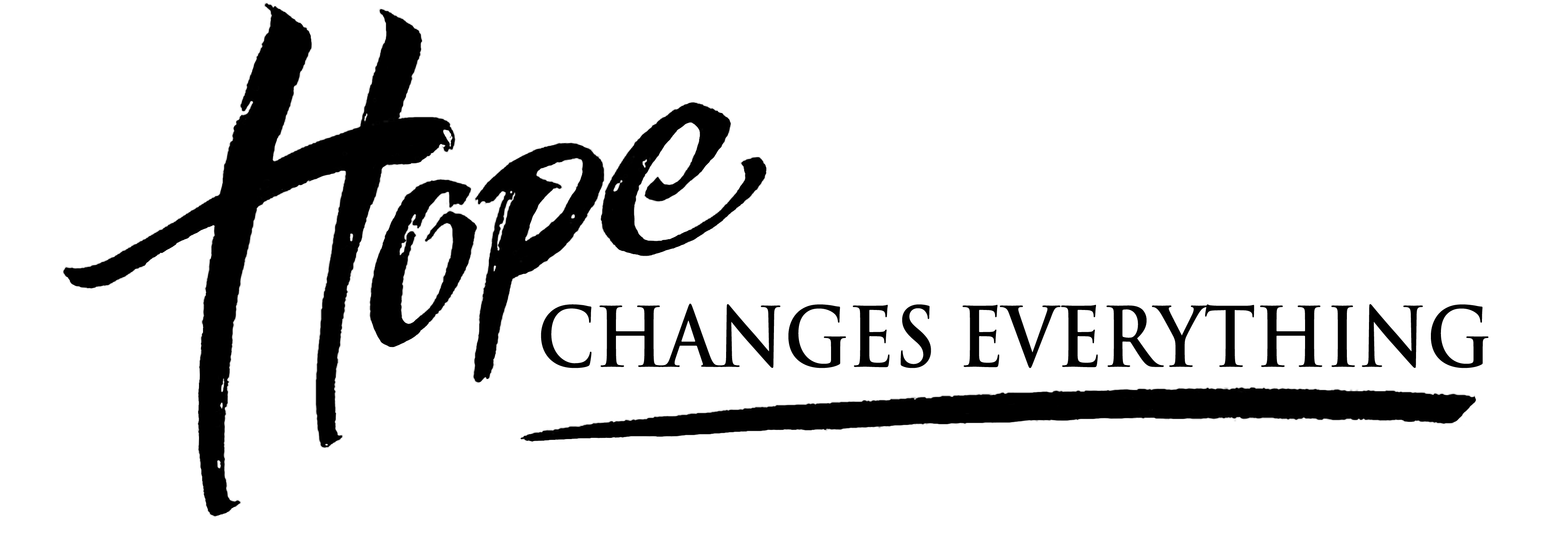Basics of First-Year Sex Addiction Recovery
April 10, 2014
Vicki Tidwell Palmer LCSW, CSAT, SEP
Source Article
It’s important for partners to have a basic understanding of the recovery process. I sometimes find that without this information partners tend to expect or https://vickitidwellpalmer.com/are-you-asking-for-too-much-or-too-little/[ask either too little or too much] from the sex addict.
As I discussed in my post http://partnersurvivalstrategies.wordpress.com/2014/04/06/how-sex-addiction-is-different/[what sets sex addiction apart], sex addiction recovery is different than most other addictions where abstaining from the problematic behavior is the focus and primary goal. Abstaining from sex for the rest of one’s life isn’t reasonable or desirable.
Here are the primary components of a good first-year sexual recovery plan.
These recommendations are typical for the majority of addicts seeking help from a Certified Sex Addiction Therapist (CSAT), and may not necessarily reflect the treatment approach of other mental health treatment providers or recovery programs.
Assessment by a mental health professional with specialized training in treating compulsive sexual behavior. http://www.iitap.com/[The International Institute for Trauma and Addiction Professionals] (IITAP) is a great resource for locating a Certified Sex Addiction Therapist (CSAT) in your area. Mental health professionals without knowledge or training about compulsive sexual behavior sometimes may not know how to assess the problem and it gets overlooked or minimized. Occasionally, people who are deeply troubled by their sexual behaviors or experience intense shame about normal human sexual feelings or behaviors label themselves sex addicts when it’s simply not the case. On the other hand, most sex addicts tend to minimize the extent of their problematic behaviors. That’s why assessment is so important.
Participation in regular (preferably weekly) individual and group psychotherapy, along with attending 12-step meetings such as http://www.saa-recovery.org/[Sex Addicts Anonymous] (SAA) or http://www.sca-recovery.org/[Sexual Compulsives Anonymous] (SCA) and working with a 12-step sponsor.
Therapists and/or sponsors often recommend to a newcomer that he practice abstinence from all sexual behaviors for the first 3 months of treatment and attend 90 12-step meetings in 90 days – sometimes referred to as “90 in 90.” Although 90 in 90 may seem extreme at first glance, when compared to the amount of time many sex addicts spend planning, preparing for and engaging in their sexual behaviors, 7 hours a week of meetings is often a fraction of the time spent acting out.
Daily written recovery work and reading of recovery literature.
Creation of a sex plan or Three Circle Plan. This plan outlines the behaviors the addict wants to abstain from (inner circle) as well as healthy behaviors (outer circle) that will replace those that are destructive and unhealthy. For more information about SAA’s Three Circle Plan, visit their website.
If the sex addict is in a long-term relationship, the partner or therapist may ask him to prepare a https://vickitidwellpalmer.com/formal-therapeutic-disclosure/[formal therapeutic disclosure]. If he agrees, the sex addict will complete a written disclosure to present to his partner in a therapy session, often followed by a polygraph exam. It is sometimes recommended that the sex addict complete the First Step in his 12-step community before presenting a disclosure to his partner.
Partners often find it helpful to get more information about sex addiction and the recovery process from trusted sources. See http://partnersurvivalstrategies.wordpress.com/resources-for-partners/[Resources] for a list of books and websites.
©Vicki Tidwell Palmer, LCSW (2014)



